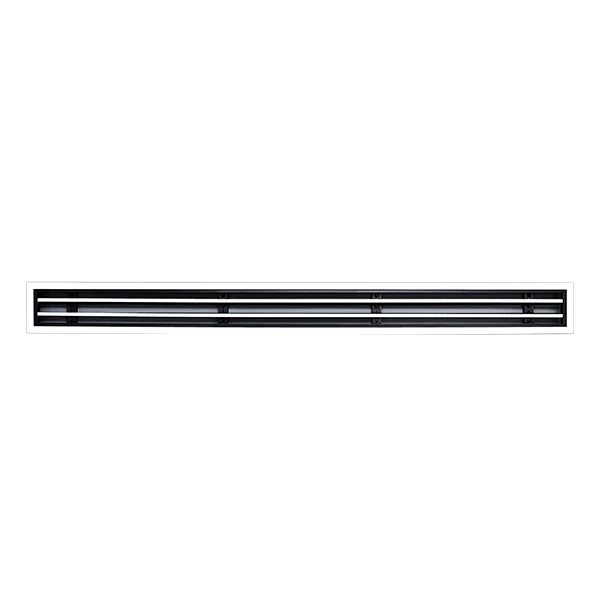In today’s digital age, the need for a reliable home printer remains essential for many households. Whether you’re a student printing assignments, a professional working from home, or a parent printing family photos, selecting the right printer can significantly impact your productivity and satisfaction. This guide will delve into the critical factors to consider when buying a home printer, ensuring you make an informed decision that meets your specific needs.
- Understanding Printer Types
Before diving into the features, it’s crucial to understand the different types of printers available on the market:
- Inkjet Printers: Ideal for home use, inkjet printers are versatile and can produce high-quality color prints, making them perfect for photos and documents alike. They are generally more affordable upfront but may incur higher costs over time due to ink replacement.
- Laser Printers: Best suited for high-volume printing, laser printers are faster and more efficient for text-heavy documents. They typically have a higher initial cost but lower operating costs, making them a smart choice for businesses or heavy users.
- All-in-One Printers: These multifunction devices combine printing, scanning, copying, and sometimes faxing capabilities. They are perfect for those who need versatility without sacrificing space.
- Print Quality
When evaluating print quality, consider the printer's resolution, measured in dots per inch (DPI). A higher DPI usually indicates better print quality, especially for images. For standard document printing, a resolution of 600 DPI is generally sufficient, while photo printing may require 1200 DPI or higher. Additionally, look for reviews and sample prints to gauge real-world performance.
- Speed and Efficiency
Print speed is another critical factor, often measured in pages per minute (PPM). If you frequently print large documents, a printer with a higher PPM will save you time. However, balance this with print quality; some printers may sacrifice quality for speed. Consider your typical printing needs and choose accordingly.
- Connectivity Options
In our increasingly connected world, the ability to print wirelessly is a significant advantage. Look for printers that offer:
- Wi-Fi Connectivity: Enables printing from various devices, including smartphones and tablets.
- Bluetooth: Allows for quick, direct printing from nearby devices without a network.
- USB Ports: Useful for direct connections to computers, especially in environments with limited Wi-Fi access.
Additionally, consider whether the printer supports mobile printing apps, such as Apple AirPrint or Google Cloud Print, which can enhance convenience.
- Operating Costs
While the initial purchase price of a printer is important, understanding the long-term operating costs is crucial. Evaluate the cost of ink or toner cartridges, as well as the page yield (the number of pages a cartridge can print). Some manufacturers offer high-yield cartridges that can reduce costs per page. Additionally, consider the availability of third-party or compatible cartridges, which can further lower expenses.
- Size and Design
The physical dimensions of a printer can impact your decision, especially if you have limited space. Consider the printer's footprint and whether it can fit comfortably in your designated area. Some models are designed to be compact and stylish, making them suitable for home offices or shared spaces.
- Additional Features
Modern printers come with a variety of additional features that can enhance usability:
- Automatic Document Feeder (ADF): This feature allows for multi-page scanning and copying without manual intervention, saving time and effort.
- Duplex Printing: Automatic double-sided printing can reduce paper usage and is an eco-friendly option.
- Touchscreen Interfaces: A user-friendly touchscreen can simplify navigation and settings adjustments.
- Brand Reputation and Support
Finally, consider the brand’s reputation for reliability and customer support. Research user reviews and ratings to gauge the experiences of others. A manufacturer that offers a solid warranty and responsive customer service can provide peace of mind in case of any issues.
Conclusion
Choosing the right home printer involves careful consideration of various factors, from print quality and speed to connectivity and operating costs. By understanding your specific needs and evaluating the features that matter most to you, you can make an informed decision that will serve you well for years to come. Remember, the best printer is one that aligns with your lifestyle and printing habits, providing both efficiency and quality in every print.


More Stories
How SBR Rubber Sheets Are Manufactured: From Compounding to Vulcanization
Exploring New Chapters of Development Together! Shuifa Singyes New Materials Participates in C-Touch & Display Shenzhen 2025 and Commercial Display
How to Choosing the Best Cylinder Essential Oil Packaging Box for Your Brand